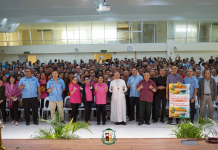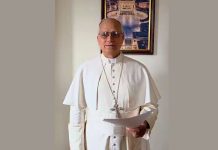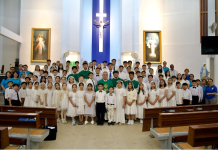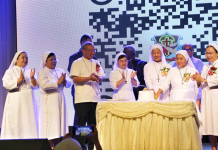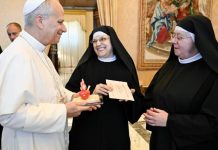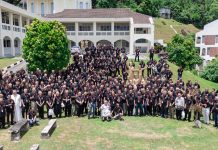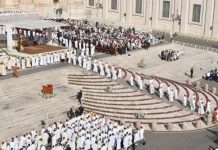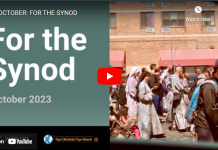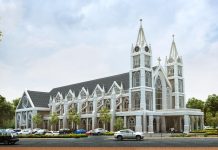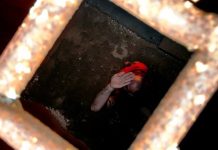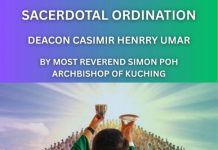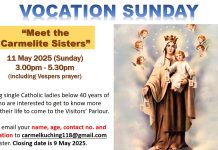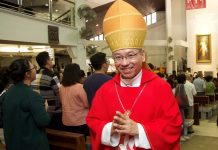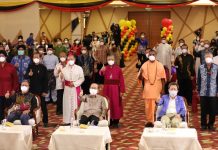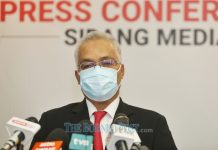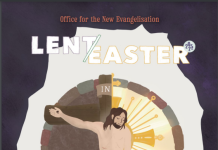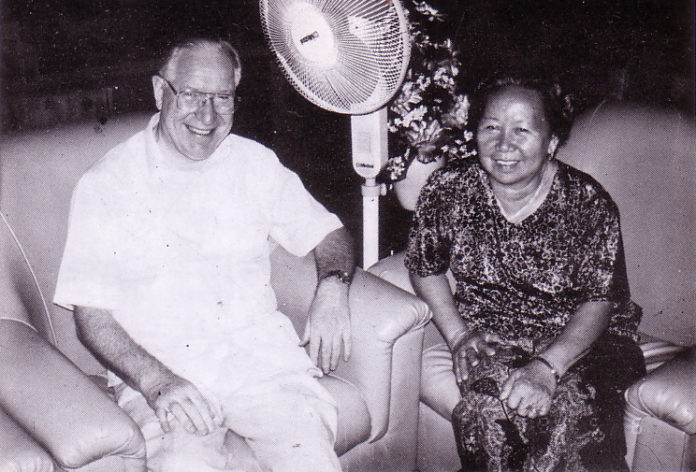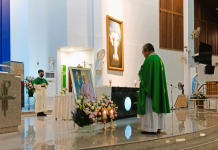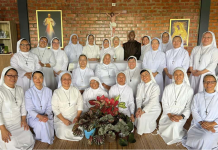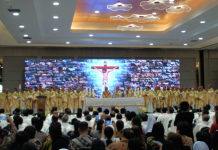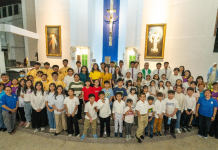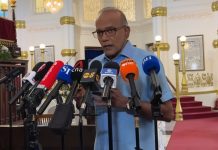
In 1994, an interview with Fr Noel Hanrahan MHM was made in conjunction with the celebration of the (40th year) Ruby Jubilee of his sacerdotal ordination, published in the souvenir magazine.
To keep his memory alive, Today’s Catholic republishes the full interview as below. All the responses are his exact words.
(For the story of his life when he was in Kuching, go directly to No.7)
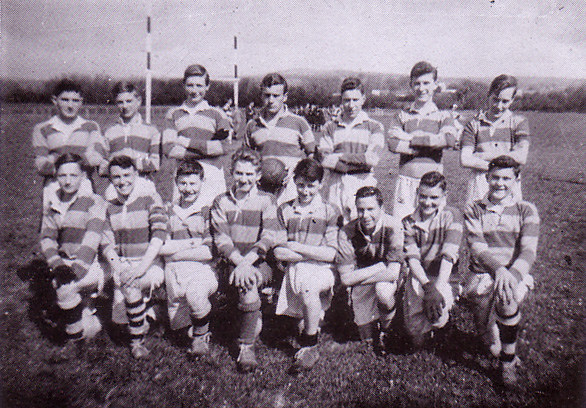
1. As a young man what were your ambitions?
To be a priest was the only ambition I can ever remember. In the Catholic environment I came from in Ireland, to be a priest wasn’t something exceptional or extraordinary – our small rural parish had given 12 priests to the Church in the generation I belonged to.
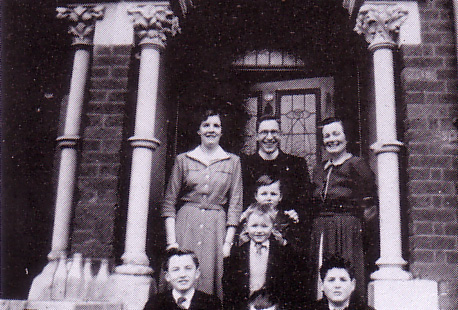
2. Was there someone who had a major influence on your becoming a priest?
As I said, the call to the priesthood was there as long as I can remember. My eldest brother was away at the seminary – that must have had some influence. I could feel that my parents were always happy whenever I mentioned that I wanted to be a priest. But they never in any way pushed me into it.
Being a missionary was tied up with the idea of being a priest. I recall very clearly that when I was in primary school – 9 or 10 years old – we were asked to write about St Patrick, the Apostle of Ireland and a great missionary: I remember how I finished that small boy’s essay: “When I grow up, I want to go to some foreign land too to teach the faith to the people.” That, by the way, is the one and only sentence that sticks in my mind from all the compositions of those faraway school days in Tipperary. At the end of my primary school days, our teacher out of the blues asked me one day if I would like to be a missionary. Without a moment’s hesitation, I said “Yes”. Then he told me there was a missionary seminary run by the Mill Hill Fathers in a neighbouring country and he knew the priest in charge – he would tell him about me. I had never even heard of the Mill Hill Missionaries before that. In a few months I was in the Junior Seminary – a secondary school for training boys who had expressed some wish to be a priest and a missionary. At the end of my secondary schooling, I was allowed to go on to the major seminaries run by the Mill Hill Missionaries in Holland (Philosophy) and London – Mill Hill (Theology).
3. Looking back, how do you see your 40 years’ priestly ministry being very fruitful?
In the 10 years that I was on the staff of our Mill Hill theology seminary in London, I was involved in the training of upwards of 200 priests and missionaries. That was very rewarding, as you can understand. It was a wonderful experience for me later on, when I became Superior General of Mill Hill, to pay regular visits to our fledged missionaries, working in all kinds of ways building up the new churches – bringing so many people to the faith in Africa, Asia and Latin America, all over. They were now telling me how the missionary task should be tackled and the kind of formation that was needed for it! Of course I have continued the work of forming priests during my past ten years here in Sarawak – and now I have the joy of going to many parishes in East Malaysia and again finding my former students continuing the missionary task of building up the church.
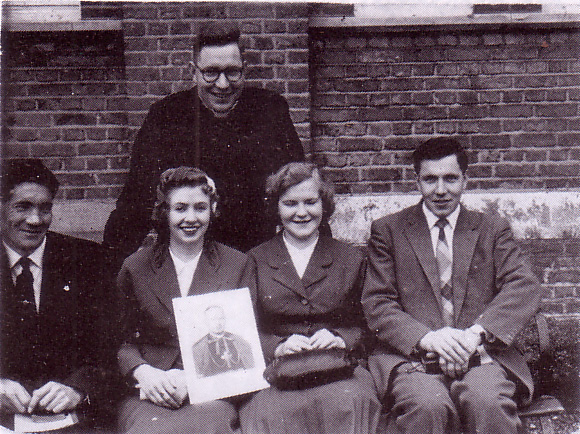
4. What were the developments that were taking place in the missions under Mill Hill when you were Superior General?
My time as Superior General was a time of enormous change in the Church generally and in the missions in particular. I became Superior General in 1970 just when the reforms of the great Vatican Council were beginning to take shape. I will only refer to the change in the structure of the missions. Until that year, 1970, the missions in the various parts of the world – here in East Malaysia and everywhere – were run by the missionary societies: Mill Hill is only one of very many. The Holy See picked out territories in Africa, Asia etc and handed them over to us to preach the Gospel there and build up the Christian communities. We were in charge of the whole evangelisation work there – Mill Hill kept sending out the missionaries and organising the work. Bishops were appointed eventually as the churches grew – but they were of course Mill Hill Bishops as there were no local priests in the beginning and for many years. By 1970, Rome felt that the new churches had developed sufficiently – especially in the matter of local priests and religious – to be able to stand on their own feet, take charge of their own affairs. Responsibility was transferred from the missionary societies to the Bishops: the task of the societies was now to be at the service of the local churches, giving whatever help the Bishops would ask for. This was a tremendous change in the structure and organisation of the missionary work and in the role of us missionaries. When I started as Superior General in 1970 practically all the Bishops in our missions worldwide were Mill Hill: when I laid down arms in 1982, there were only a few Mill Hill Bishops still active. In those years I very often assisted at the ordination of the new local Bishops in the missions. That was always a very wonderful experience: it was the surest sign that the great work of our missionaries for a hundred years or more had now come to fruition. They had been sent out to preach the Good News and set up new churches everywhere: with the appointment of local Bishops, backed by a growing number of local priests and religious, it could be said that their task was accomplished. Our Catholic Church was putting on the face of every nation and every culture – becoming at home” everywhere, no longer a “foreign mission”.
5. So the role of the Superior General was changing?
Yes, indeed. Up to then the Superior General could appoint his priests and brothers anywhere he considered they were needed. He was running the whole operation, it was his responsibility. He now had to be the servant of the Local Churches, sending out personnel as and when requested by the Local Bishops, who now directed the whole work of evangelisation. But it was not only the role of the Superior General that changed: that of the missionary changed too. A difficult change of course as it is never easy to make a major adjustment in outlook and position. But, as I already said, a very welcome and acceptable change since it was the change that marked the real success of the modern missionary movement in the Church. I can only say: it was great to be at the heart of things in those years.
6. Could you share with us some of your other experiences when you were Superior General?
Yes, there was so much. For one thing, it was unforgettable experience to go round the many places where Mill Hill has its missions: in Africa, Asia, Latin America – Europe too and the United States where we recruit and train our new missionaries. I would spend at least half my time every year visiting our members in all these areas. I got to see an immense variety of people and cultures – not to mention the natural scenery, wild life, climates and so on. I saw the church at different stages of development: places where there were huge numbers of Christians – like Uganda, and places where the Gospel was only taking root with great difficulty – like Sudan.
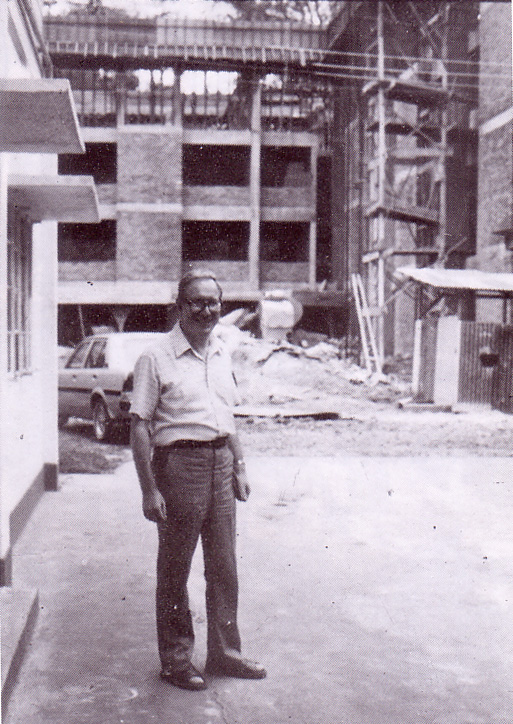
It was also a time of great upheaval in many parts of the missionary world: the birth-pangs of the new nations. At one stage I reckoned that one-third of our missionaries in the field were working in areas where there was civil disturbance, famine and so on. Visiting them was often a harrowing experience. A number of our missionaries were killed in those years which meant that life was at risk for many. Decisions had to be taken about their safety. I recall now with gratitude and some pride that, no matter what the risk – we had nearly one hundred Mill hill men in the brutal Idi Amin’s Uganda – no one ever asked to be withdrawn.
It will be a special local interest to mention that Sabah went through its years of trial when so many of the missionaries were expelled, in my early years as Superior General. I vividly recall the crisis meetings we had there at the time and in particular the critical decision that our missionaries could stay at their post in spite of being told that their “work permits” had been withdrawn. It is the only instance I know of such a decision – taken of course in fullest consultation with the Local Church at all levels. It may be nice to remember here the crucial part that the much respected Peter Mojuntin played in that process of discernment. One of the privileges of my job was to meet and share deeply with such fine Christians.
Your question was about my experience as Superior General. I would like briefly to mention just one more. It was perhaps my most moving experience as a missionary superior. It happened in Kenya where I went to visit a college for the training of missionaries – nothing unusual, you might say – only this time the missionaries in training were African. This for me, was the real coming-of-age of the universal Church: the Church truly catholic. The new churches in the missions were not only set up and taking care of their own people: they were now beginning to take part in the great missionary adventure of the Body of Christ. Till now, the face of the missionary was white. Not so any longer. What was happening in East Africa was happening in many parts of the missionary world. Looking to the future, I could see waves of Africans and Asians and all the rest on the march round the world carrying the Good News that the “old missionaries” had passed on to them. What a Church we will have then! Malaysian missionaries are part of my dream.
7. How was it you came to teach at St Peter’s College?
As the outgoing Superior General, I could choose where I wanted to go. And I came here. The Archbishop sent me to teach in St Peter’s College. As simple as that! Though perhaps not quite. I was out here for the Centenary of the Church in East Malaysia – that was 1981 and St Peter’s was a “baby” then. I remember saying to myself – a little later, after going back to Mill Hill: “The future of the church in East Malaysia is going to depend very much on St Peter’s College. Mill Hill have been the missionaries in East Malaysia from the beginning. The success of St Peter’s can surely crown our work. Maybe I should go there when my term of office is up and give a helping hand.” While harbouring such thoughts as these, on my desk one morning landed a letter from Archbishop Chung cordially inviting me to come and help at St Peter’s. What more could I ask!
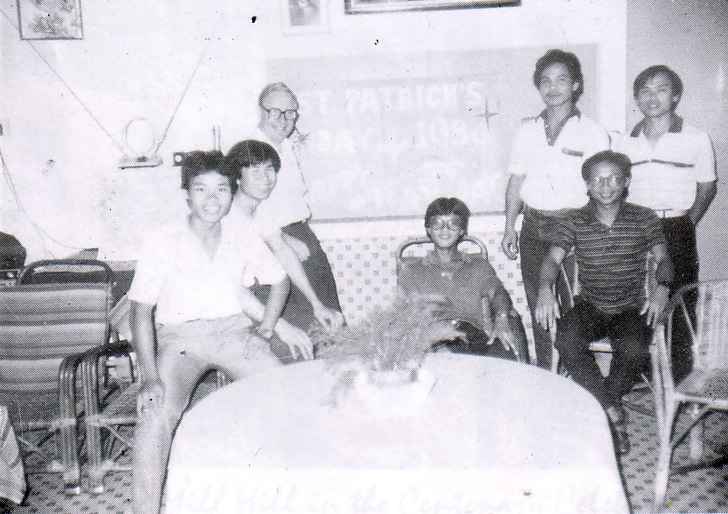
8. In your opinion how has St Peter’s College developed in the years you have been with us?
In many ways of course but I would just like to mention the pastoral immersion programme. I feel that this programme has given a whole new dimension to our seminary formation. A substantial portion of the final three years of training is spent where the student will spend his whole life: in the parish, in contact with the people. It sets the focus of the seminary formation firmly where it should be: in the pastoral direction. I feel sure that this is only the first major step in modifying the traditional seminary programme. It augurs well for the future.
9. You have spent the greater part of your years teaching in seminaries. Would you have liked to be a parish priest?
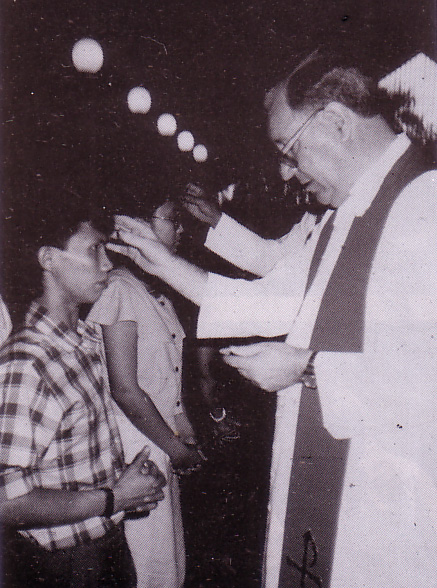
Well… When I thought of being a priest, it was parish work or missionary work that was in my mind. In fact that has never changed. Funny as it may sound, but I somehow always have the feeling that my “real work” is still to begin! I must immediately add though that I have always been happy in whatever I was doing. If you have to do something, enjoy it – so many times I’ve said that. Yes, pastoral work has always been my favourite. Whatever I was doing – seminary or superior – I’ve always tried to do some pastoral work, especially at weekends in the parishes. And of course there’s the Legion of Mary. I’ve been involved with the Legion ever since I was a student. It was through working with the Legionaries, even before Vatican II, that I learned the true meaning and value of the place of laity in the Church. The laity in the Church, yes. We have come such a long way. But I feel we are still only at the beginning. If we could catch a glimpse of the Church in a hundred years’ of Mill Hill men that snaked their way up the rivers of Borneo, pagans all round: if only the Lord gave them a glimpse of our St Joseph’s, let’s say, on a Sunday morning, how amazed – and encouraged – they would have been!
10. Is life difficult being a priest?
I always say in all sincerity that it is great to be a priest. Of course everybody have their own share of difficulties in life. When people often sympathise with us about the hard life we have, I think they have celibacy in mind – it must be very lonely not having the close companionship of a wife and the joy of a family. Of course one misses all that. But really one doesn’t have much time to think about it or to feel lonely: as a priest you make so many friends, so many truly good friends – people who trust you and share their problems and their deeper secrets with you. It is hard to express what it means to be trusted like that, to be able to help people in their times of need, to carry in your heart and in your prayers so many people that have turned to you. No. You couldn’t really be lonely or feel life as a burden, could you? You find friends around you wherever you are, always so ready to help and do things for you.
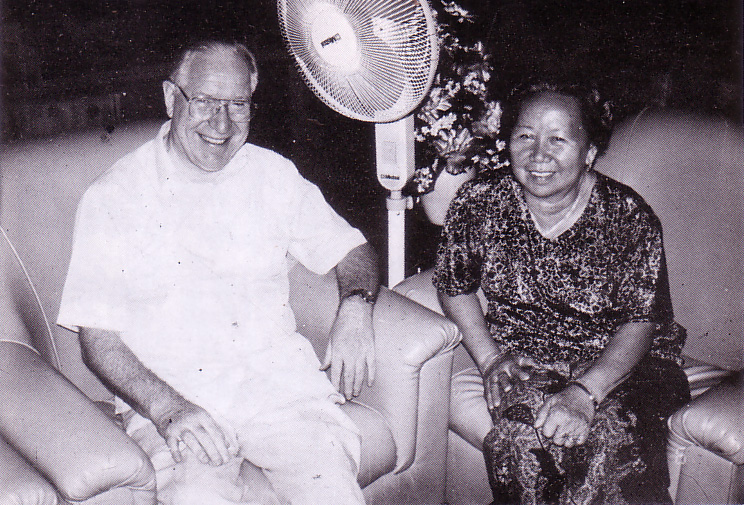
11. Have you any special message to your friends on this special occasion?
My message to my friends is just this: “Thank you for being my friends.” That says everything. I couldn’t have any greater gift than your friendship.
More on Fr Noel Hanrahan:
Rest in Peace Fr Noel Hanrahan MHM
Fr Noel Hanrahan – A Life Lived to the Full

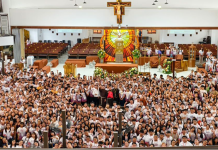
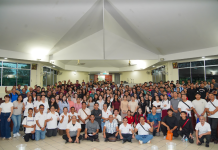
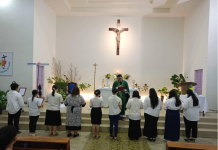
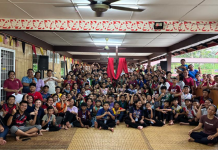
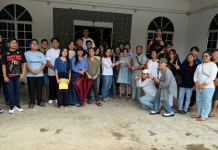



,团长(右三),以及小军友们。(图:刘谊恒(Moses)-218x150.png)
